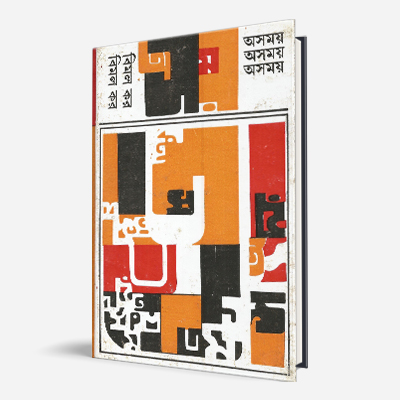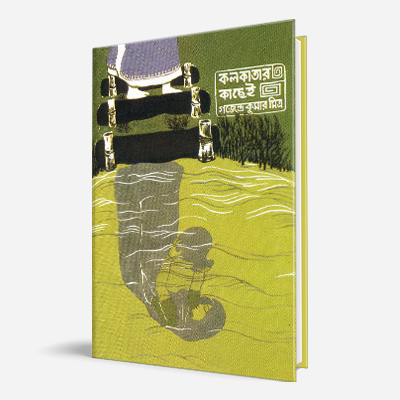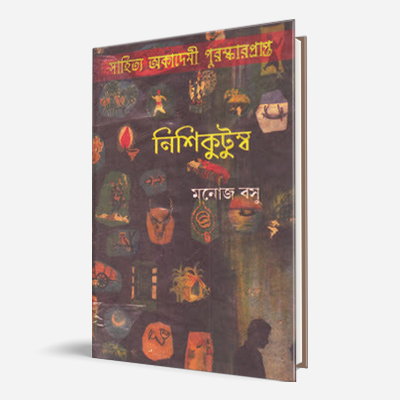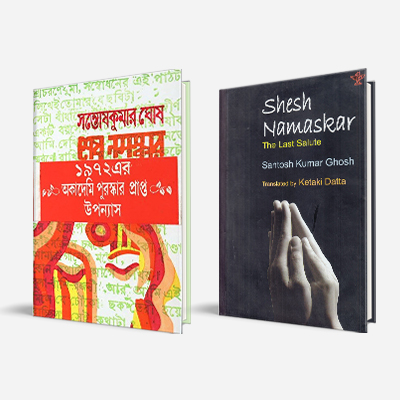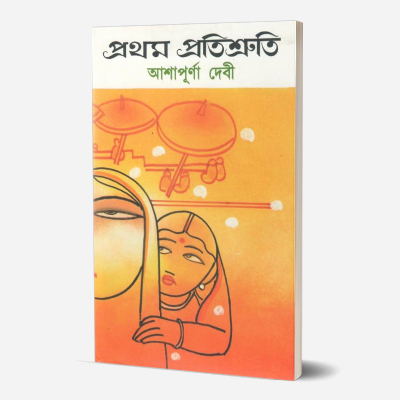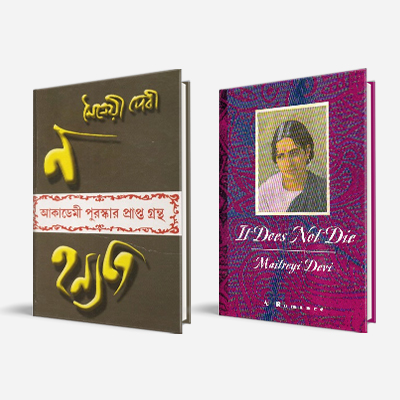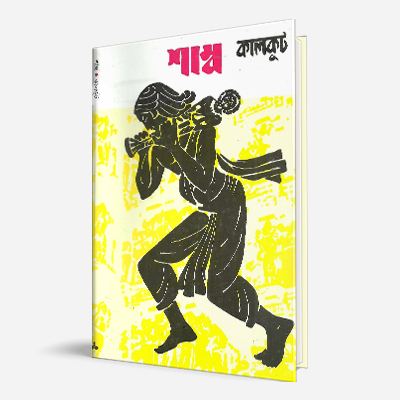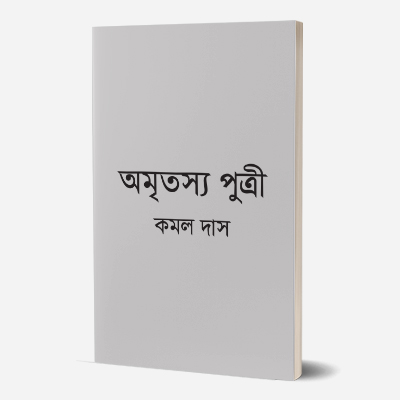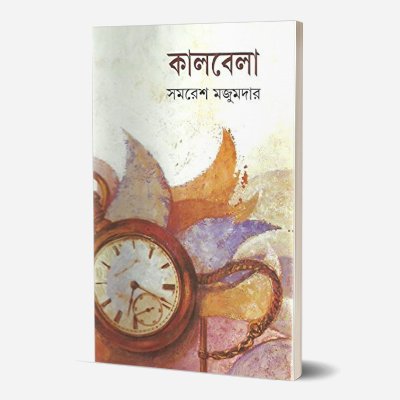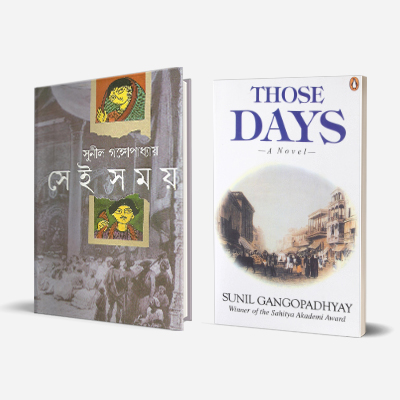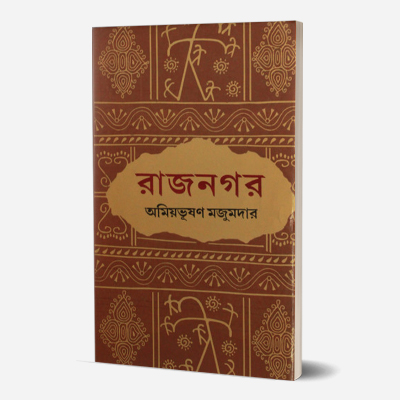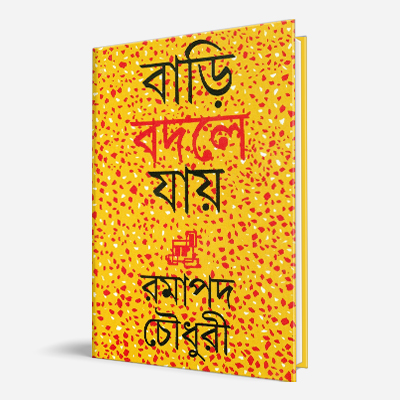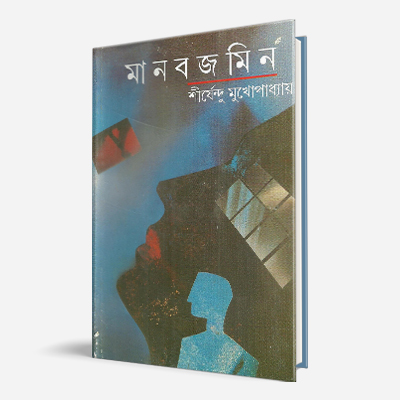Asamay
By Bimal Kar
Translated into English as Belated Spring by Neeta Sen Samarth (1999)
AWARD: Sahitya Akademi (1975)
The novel employs stream of consciousness, a stylistic device used very effectively by Bimal Kar to capture the onward movement of the life, of not just one individual but of a whole group of people related to each other. The nodal point of the novel keeps shifting in tandem with the change of character through whom the story is being told. While Mohini and Abin are the two characters central to the novel, it is Sachipati and his sickness that connects them all. The frustrations and anxieties of the characters stem from a prevailing theme of his work—of acknowledging modernity and the flux it brings to society, but also the discrete ways in which tradition asserts or re-asserts itself (be it justified or not). It received the Sahitya Akademi Award in 1975.
About the Author
Bimal Kar (1921-2003) was an eminent Bengali novelist and dramatist, known for his ability to modify his narration styles and techniques based on his subject matter. For example, he has written superb stories without any dialogue, and he has also written noteworthy ones almost entirely comprising dialogue—from almost entirely narration to entirely dialogic, female vs male narration, or even flitting across Bengali dialects and localities with near-perfect authenticity. According to the academic and sociologist Dhurjati Mukherjee, his form of realism is unique because it “is embedded in the subconscious mind and not in the material aspect of life”.
